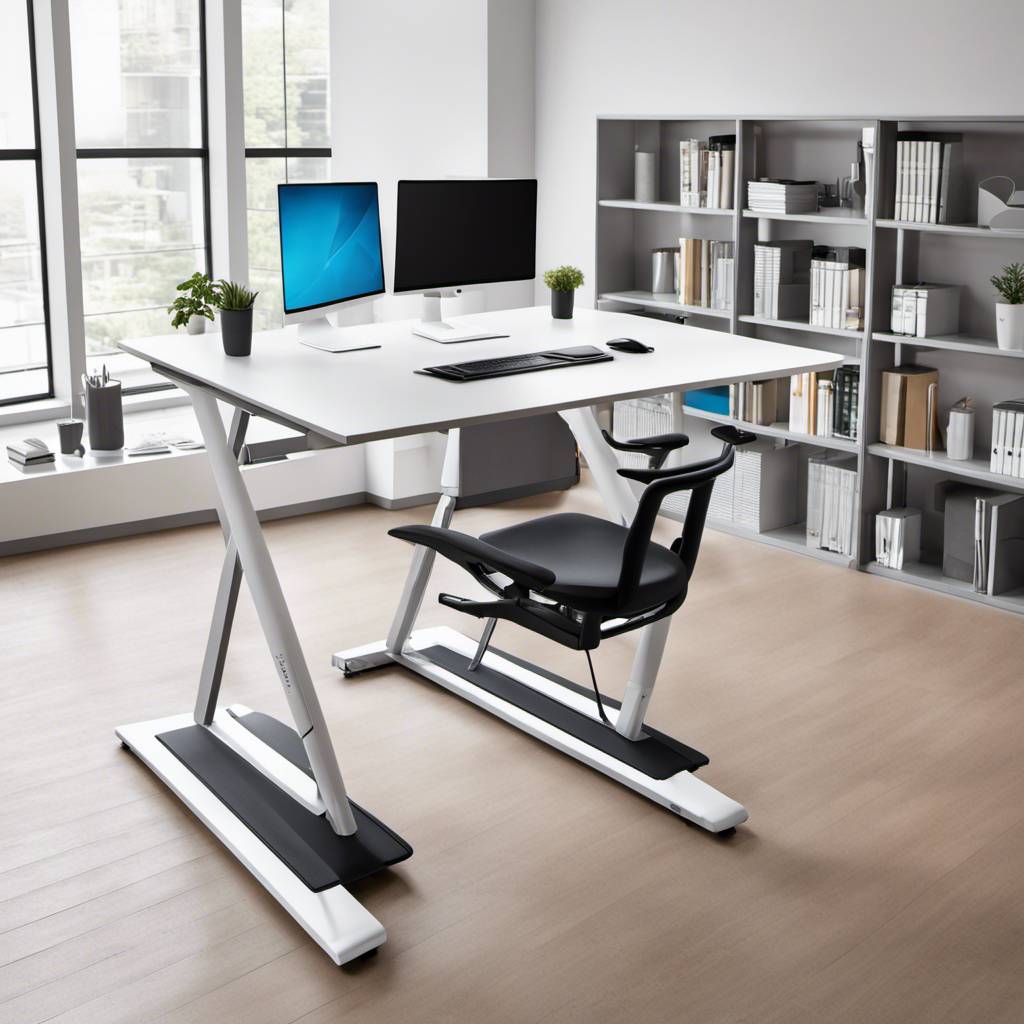
Sit-Stand Desks: A Mixed Blessing for Workplace Health?
In our contemporary lifestyle, a significant part of our day is spent in a seated position. Emerging studies have underscored the detrimental health effects of extended, uninterrupted sitting periods. To counteract this, many workspaces are now equipped with sit-stand desks, enabling a seamless transition from sitting to standing with a simple push of a button or lever. However, the question remains: Is standing truly superior? And does excessive standing pose its own set of risks? This article delves into the health implications of prolonged sitting and standing, and whether investing in a sit-stand desk is a wise choice.
The perils of excessive sitting are well-documented. Individuals who spend the majority of their time seated are at an increased risk of developing chronic illnesses such as type 2 diabetes, heart disease, and certain types of cancer. They may also have a reduced lifespan. Extended sitting can lead to musculoskeletal issues, especially in the neck and back. The health risks associated with a sedentary lifestyle are even more pronounced among those who do not engage in regular physical activity. While regular exercise can mitigate these risks to an extent, it may not completely negate the negative impacts of prolonged sitting.
On the other hand, standing for extended periods can also pose health risks. Prolonged standing can lead to musculoskeletal symptoms such as muscle fatigue, leg swelling, varicose veins, and discomfort in the lower back and extremities. Recent studies recommend limiting standing to about 40 minutes at a time to prevent the development of these symptoms. Not everyone will experience these symptoms, and some individuals may be more resistant to the effects of prolonged standing than others. However, if you’ve previously experienced discomfort due to standing, you’re more likely to experience it again when you resume standing.
Interrupting sitting periods with standing or movement can have numerous health benefits. Studies have shown that replacing an hour of sitting with an hour of standing can lead to improvements in waist circumference, fat, and cholesterol levels. These benefits are further amplified when sitting is replaced with walking or moderate-to-vigorous activity. Even brief interruptions of prolonged sitting with light walking or simple resistance exercises can improve blood glucose, fat, and cholesterol levels.
Sit-stand desks can be an effective tool in reducing sitting time during the workday. Users of these desks tend to alternate between sitting and standing postures rather than standing for extended periods. However, the development of a new habit of working while standing up varies among individuals, and many revert to their previous seated work habits over time. Therefore, sit-stand desks alone are not enough to reduce sitting time for desk-based workers. Employers and organizations must incorporate this into their workplace policies to ensure that initiatives to “sit less and move more” are effectively implemented and sustained.
When considering how to choose the best sit stand desk, it’s essential to consider various factors. Assess your usage patterns and comfort levels when using the desk in both sitting and standing positions. Consider whether prolonged periods of sitting or standing cause any discomfort or fatigue. If so, you may need to modify your sit-stand routine or incorporate additional supports such as a comfortable floor mat for standing or a footrest for sitting.
The ergonomics of your desk is another crucial factor. An ergonomically safe sit-stand desk set-up is vital for ensuring a safe and comfortable working environment. Reflect on your health needs – will reducing and interrupting prolonged sitting with standing alleviate discomfort or contribute to improving your metabolic and heart health?
If you have an existing health condition or ongoing musculoskeletal symptoms, seek advice from a health care professional or request an assessment with an ergonomics specialist from your employer. Expert guidance can help you make an informed decision about your sit-stand desk.
Lastly, consider the cost and space requirements of your sit-stand desk. If you’re not using it in a standing position frequently, it might just be occupying space without providing a return on your investment. The decision to keep or discard your sit-stand desk ultimately depends on a balance of these considerations.
The most important factor, however, is physical activity. Current guidelines from health agencies recommend adults limit their sitting time and replace it with physical activity of any intensity. The World Health Organization further recommends adults aim to exceed the recommended levels of moderate- to vigorous-intensity physical activity to counteract the harmful health effects of high levels of sitting. In essence, merely standing is not enough to counteract the harms of prolonged sitting. We need to sit less and move more.





